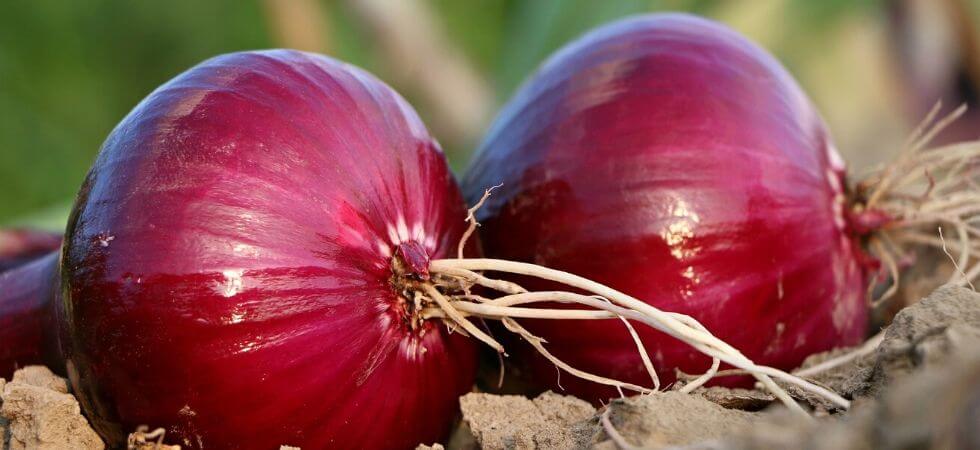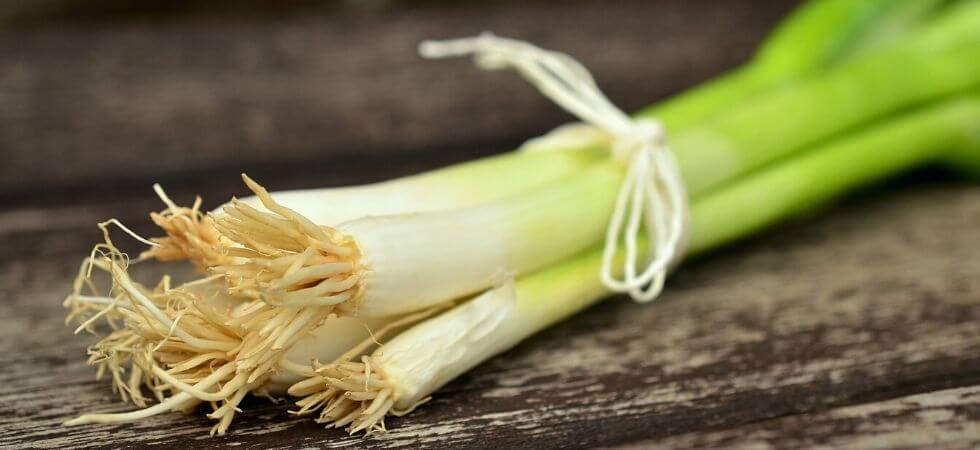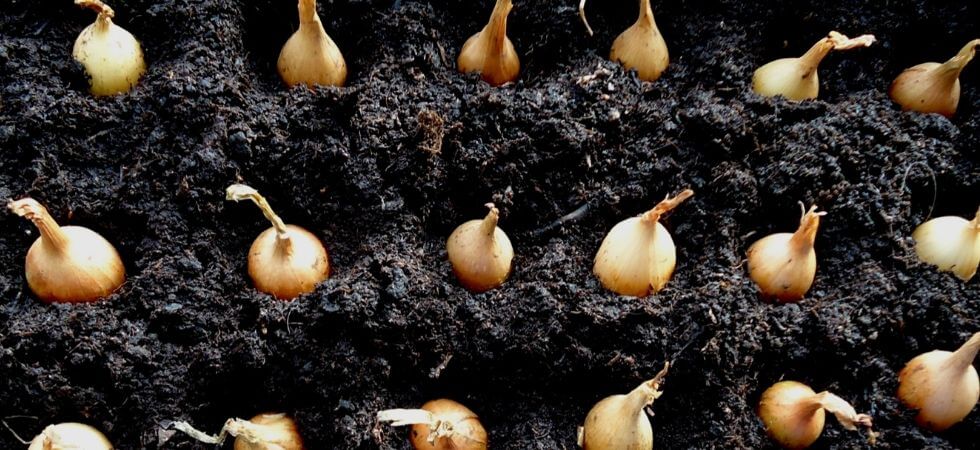![]()
Plant Dreams, Grow Gardens
Onions (Allium cepa) is an underground vegetable and its bulbs have loads of health benefits. Onions are easy to grow and can be successfully grown in a greenhouse. In this article, I will tell you how you can grow onions inside your greenhouse.
Onions are a good source of flavonoids, phytochemicals, Vitamin C and sulfur compounds. Flavonoids, lower the risk of stroke and cardiovascular disease. The antioxidants in Flavonoids also fight against cancer, acts as a natural blood thinner and a lot more.
Unlock the potential of your garden with GreenhousePlanter – explore our PRODUCTS today!

I assume that you already have a greenhouse and are planning to grow juicy and organic onions inside your greenhouse. However, if you don’t own a greenhouse yet. Don’t worry, we have a detailed and easy to follow article on “How to build a greenhouse” which will help you build your own greenhouse.
For successful onion growth, you just need to prepare your greenhouse onions bed and you should just maintain your greenhouse temperature. You should prepare your greenhouse onion bed according to the recommendation in this article.
Turns out that onions are nothing to cry over!
The first and foremost thing is to check the soil of your greenhouse onions bed before planting any vegetables. Do not fail to pay attention to these little things because neglecting them will pay you hard.
Onions do well in a non-compacted, fertile, well-drained sandy loam soil which a pH range of 5.8 to 6.8.
Onions are winter plants and prefer temperatures range of 55°F (12.7°C) and 75°F (23.8°C). The greenhouse temperature should be adjusted around these temperatures, especially, throughout onion bulb formation, greenhouse planters should use heaters or evaporation coolers inside the greenhouse to attain the aforementioned temperature.
For more information about greenhouse heating and cooling, you can check out these articles. for cooling: “How to cool Greenhouse“, for heating “How to heat Greenhouse“.
Onion germination will roughly take place 6 to 12 days. In the process, adjust greenhouse temperature, during the day at 60°F (15.5°C) – 65°F (18.3°C) degrees.
Set the night temperature of the greenhouse to 55°F (12.7°C)-60°F (15.5°C) degrees, when you see the onions have started coming out of the bulb.
Provide the onions with at least ten hours of sunlight.
We already talk about what is the ideal soil for greenhouse onions, the soil with ideal pH, well drainage and all, need to be fertile too!
Before planting onions inside your greenhouse crop bed, fill your greenhouse onions bed with rotted garden compost, perlite, and horse manure. This combination will do wonders. These are added into the surface layer because of the rooting system of onions is small and shallow.
According to our experience of growing onions in our greenhouse, We will recommend using Continuous Release Fertilizer (Miracle-Gro Shake ‘n Feed) for large Onion Bulbs. This fertilizer is commonly known as rocket fuel for the crop vegetables and it is full of nutrients. Sprinkle it over the surface of the onions bed and then cover it with a ground cover fabric (Pro-Tec Weed Control Membrane Ground Cover MAT Landscape Fabric).
It is important to cover your onions bed with fabric because it will prevent weeds from growing in your greenhouse onions bed as well as helps bed soil from leaching in when heavily watered. Cover the onion bed after applying the Continous Release Fertilizer and it will remain there till you harvest your greenhouse onions or any other crop.
You will have to puncture holes in the Ground Cover MAT at the location where your greenhouse onions will be planted.
Space between Onion plants: 18cm (7inch).
Space between Onion rows: 18cm(7inch).
A Small 4feet x 4feet Ground Cover: Will fit almost 40-50 Onion Plants
We recommend feeding your soil with organic matter before putting down your Grow Cover mat as the cover won’t be removed until you have harvested your crop.
Do not use high nitrogen feeds and manure. Compost with high nitrogen content will form thick necks and onions will rot from inside out.
Mix the soil with a fertilizer of grade 5-10-10. We will talk in detail about this grading in the coming passage.
Greenhouse Onions need a sufficient amount of watering twice a day. Though they are cold temperature crops, irregular watering in stress conditions and hot weather results in bolting.
This does not mean to overwater your onion bed. Onions have a shallow root system, which is developed with the course of its growing cycle. After the rooting is developed they do not need much water.
Many of the gardening hobbyists prefer to grow onion seedlings separately in a seedling tray and then transplant them into the greenhouse onions bed. But you can always sow your seeds directly in the beds.
I would recommend sowing your seeds in seedling trays and then transplant them in your greenhouse onions bed.
Transplanting should be done when onions reach a height of 6″ (15cm) and a diameter of about 1 inch (2.5cm).
Transplanting of onions in the greenhouse be done a month after you have planted the onion sets and forty to fifty days after sowing onions seeds.
I hope that you appreciate our efforts that we are putting into this blog. It would be awesome if you take some time and join our email community. SO YOU DON’T MISS OUR UPCOMING ARTICLES
Start sowing onion seeds late January to February, follow the instructions of the onion seed supplier, in the greenhouse but not in the greenhouse onion bed. First, sow them in modular trays and place them over a heat bench in the greenhouse.
Take a modular tray and sow four seeds per cell. Propagation heat Mats also called root heating benches (Phytotronics Propagation Mat ) give the best germination results, provides a uniform temperature as compare to the heating system inside the greenhouse.
After germination place modular trays outside when there is no frost and place them back at night. Start hardening them in early May and space them in a staggered pattern 30 x 30cm apart.

Buy good quality a spring onion variety seeds, and follow the instructions of the supplier. You can also buy spring onion seeds online (Hill Creek Spring Onion Seeds).
Sow the spring onion seeds from late March in the greenhouse in the modular tray over the root heating benches and harden them off until July.
In the modular tray sow 8 to 10 seeds in each cell. After four weeks plant the onions plantlets inside the greenhouse onion bed enriched with fertilizers and ideal soil.
Your spring onions will be ready to be brought inside the kitchen after 8 to 10 weeks.

Here is a video on How to grow onion seedling from seeds in seedling trays. These seedlings will then be transplanted into the Greenhouse Onions bed.
Growing onions from bulb or onion sets are much easier than sowing the seeds. Before starting, you should know what onion sets are?
The onion sets are grown onion bulbs which are half mature and have already completed the initial growth cycle. You can buy onion sets from your local seeds store or you can also buy them online (White Onion Sets, Wethersfield Red Onion Sets).
Do not buy onion bulbs or onion sets that have started taking out leaves and have started with the flowering process. This means the onion bulb you are going to buy should be dormant.
Many nurseries and seed stores sell onion bulb of different varieties and sizes, with a color range from red, white and yellow. Most of the time they do not specify the varieties of onion sets. It’s all about your preferences. Good luck!
Start sowing onion sets that you bought from a nursery store in mid-March to mid-April. You can plant them directly onto the greenhouse onion bed or use a modular tray before hardening them off.
It is advised, if you are sowing red onion sets is better to leave them till April as they are more prone to bolting and a later planting may help.
The most crucial step is to pick the best onion sets from the ones you have collected so far. If you choose them wisely at this step then there will be no need of throwing half of them out of the greenhouse onion bed.
Let us guide you on which ones to pick.

Now you know which sets to pick and which ones to avoid. Let us get started with planting onions sets.
Greenhouse onions bed soil should be enriched with fertilizer, horse manure, and ideal soil as we talked of earlier.
Here, is a video on How you can grow onions from Onions Sets
Like all crop plants, onions are also prone to certain diseases and pests. Three pests which affect onion crops namely:
After 12 to 18 weeks, when you see the onion tops have started falling over, now it’s time to gently push all the leaves downward at the neck and leave the plants to ‘die-off’ for about 2 weeks.
When the leaves are brown or dried out after 2 weeks, then pull out the bulbs. Place them on screens or slatted flats to dry out for a further few days, even weeks.
Onions cannot be stored if the tops are not crispy brown and a dried outer skin has formed.
Trim the dried roots and dried tops. Thick-necked onions will not store as long as thin-necked ones.
After completely drying the onions, place them in an airy place so that they stay dry.
Use shallow slatted boxes or roped into strings. Store in a cool, well-ventilated darker space such as a shed that does not freeze.
We hope that you got a ton of information from this article and now you are confident enough to grow your greenhouse onions. We have also prepared the following pin for you which you can pin to your Pinterest board.

SEE YOU IN THE NEXT ARTICLE!
HAPPY GREENHOUSE GARDENING 🙂
Comments are closed.
This is a super helpful post! I’m bookmarking your website for all my needs now.
I did have a question, what should I expect my harvest to look like per plant if I was growing brown/yellow onions.
Thank you.